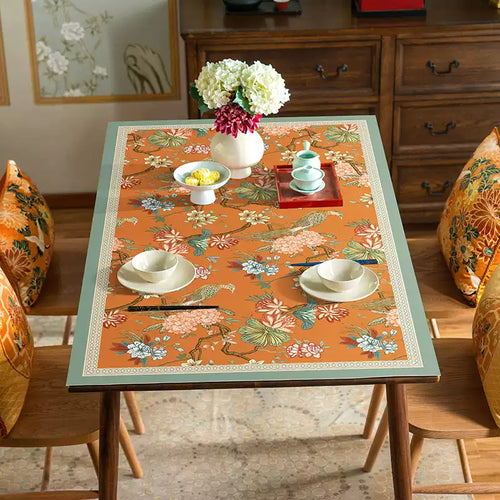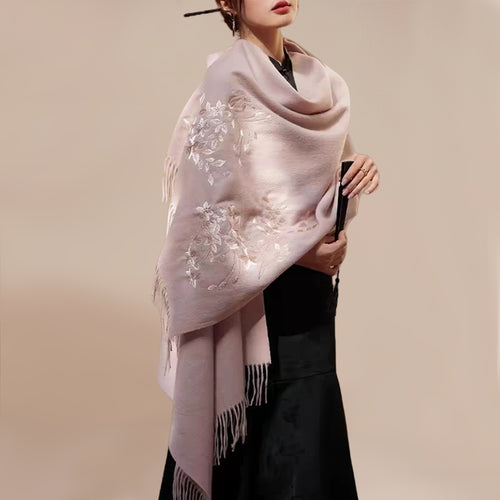The Baoxiang flower, also known as Baoxian or Baolian flower, originates from Buddhist culture where "Baoxiang" is a respectful term for Buddha statues, symbolizing solemnity and grace. In Buddhism, flowers are highly revered, with devotees offering them to Buddha as a symbol of sincerity and devotion. The essence of the Baoxiang flower transcends its physical form, reflecting the profound principles of Buddhism. Any flower that embodies these qualities can be considered a Baoxiang flower.

Origin of the Pattern
The Baoxiang flower pattern is a traditional Chinese auspicious motif often used in Buddhist art. Its design is an artistic combination of elements from various flowers such as lotus, peony, chrysanthemum, and pomegranate. These patterns can be transformed into different shapes to meet diverse design needs, resulting in vibrant and varied visual effects.
-
Lotus: In Chinese culture, the lotus is revered for its ability to remain pure despite growing in muddy waters, symbolizing integrity and purity. It also represents the noble qualities of a gentleman and is linked to Buddha's birth in Buddhism, symbolizing good fortune and spiritual purification.
-
Chrysanthemum: Known as the hermit's flower, the chrysanthemum is cherished by literati like Tao Yuanming for its connotations of retreat from worldly matters and a desire for a tranquil life in nature. Gifting chrysanthemums conveys a wish for the recipient to enjoy a peaceful and prosperous life away from worldly troubles.
-
Wisteria: Often seen as a symbol of love, wisteria represents deep affection and unwavering loyalty. The wisteria pattern also suggests auspiciousness and a bright future, making it a popular motif for enhancing the romantic and mysterious ambiance of a home, as well as bringing good fortune and happiness.

Evolution of the Pattern
- Wei, Jin, and Northern and Southern Dynasties: During this period, floral motifs, including Baoxiang flowers, became increasingly prominent in ceramics, architecture, and decorative arts. The patterns were simple and realistic.
- Tang Dynasty: The design reached its zenith with more intricate and full-bodied forms, reflecting the grandeur of the era.
- Ming and Qing Dynasties: The pattern matured and often combined with other auspicious motifs like grapes, peaches, and bats, conveying rich symbolic meanings.

Dissection of the Pattern
The Baoxiang flower pattern can be broken down into various elements, including multilayered petals, scroll-like vines, and elaborate flower forms. These elements are often reimagined and combined in modern creative products.


SinoCultural's Modern Interpretation
SinoCultural has embraced the timeless beauty of the Baoxiang flower pattern, applying it to contemporary products such as handbags. This modern interpretation preserves the traditional charm while adding a touch of elegance and cultural heritage to everyday fashion. By incorporating Baoxiang flower patterns, SinoCultural products symbolize good fortune, happiness, and prosperity, bridging ancient artistry with contemporary design.












































